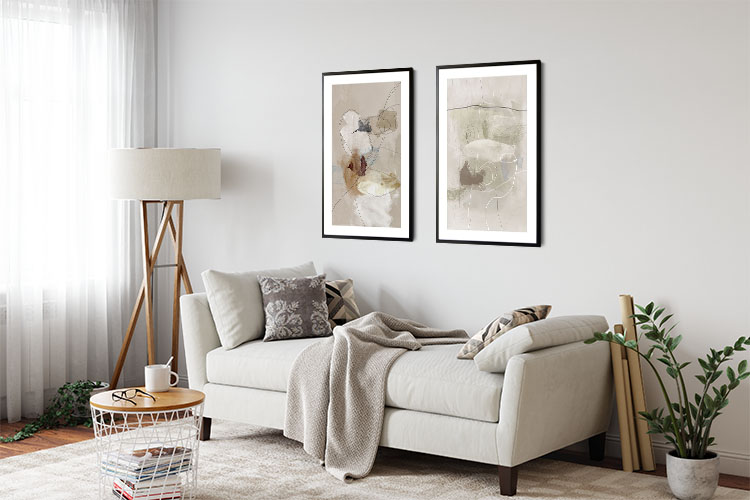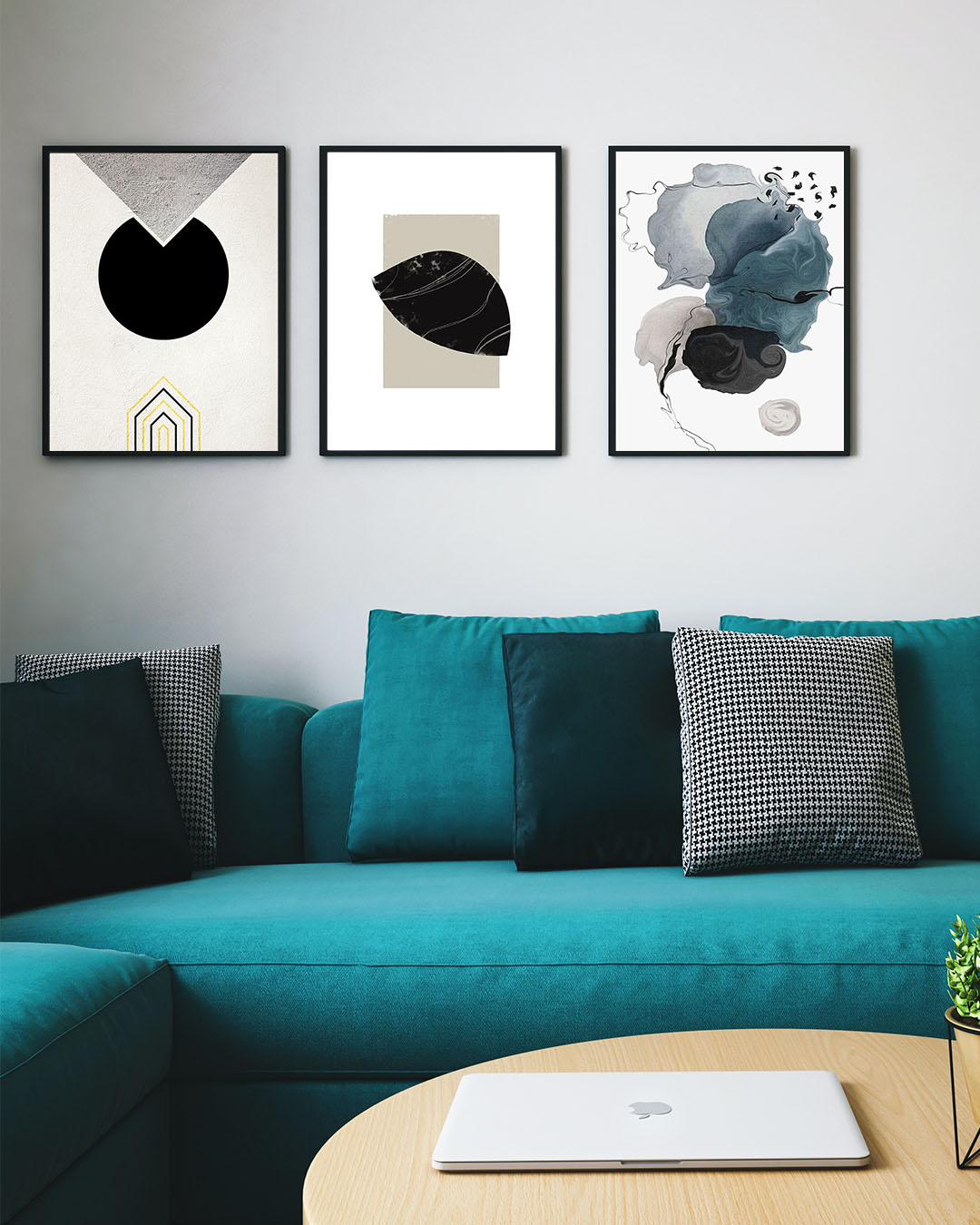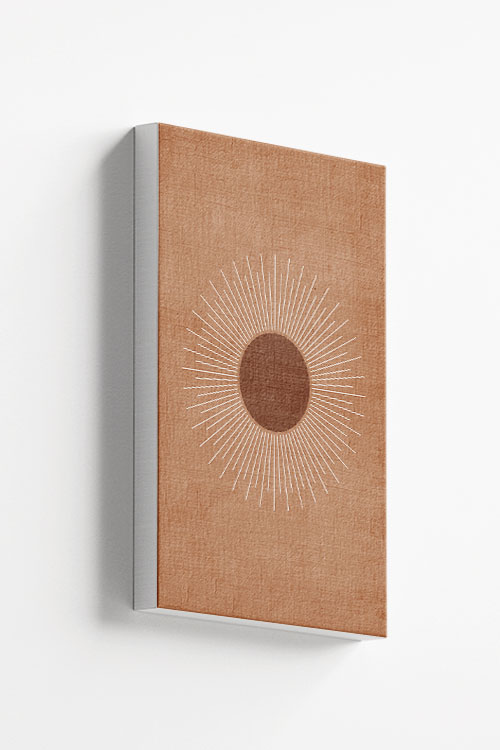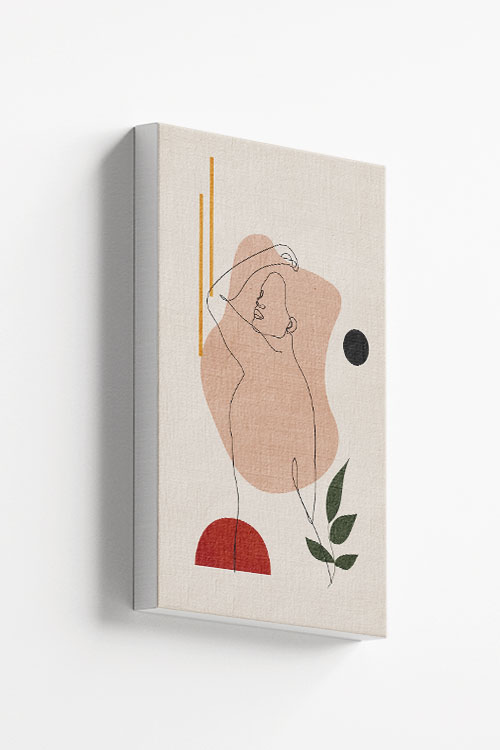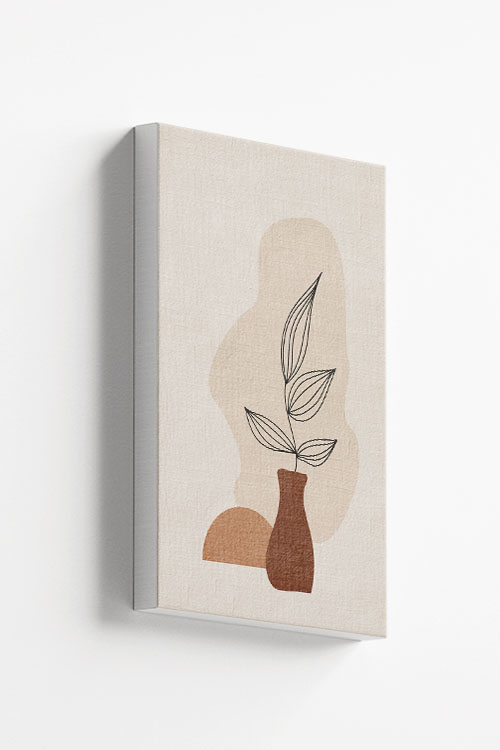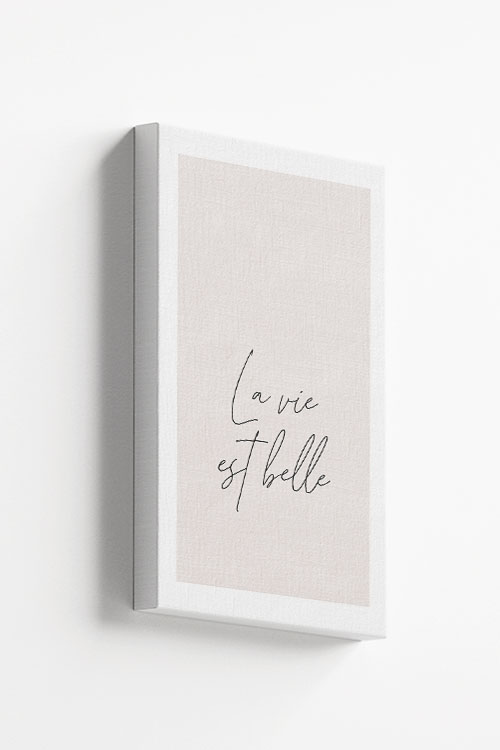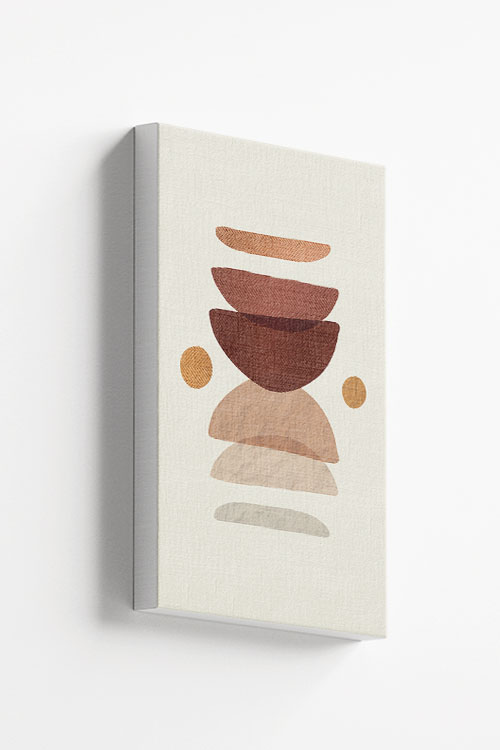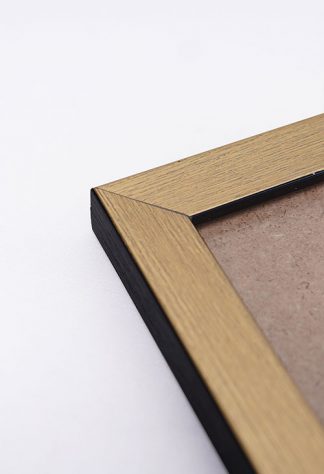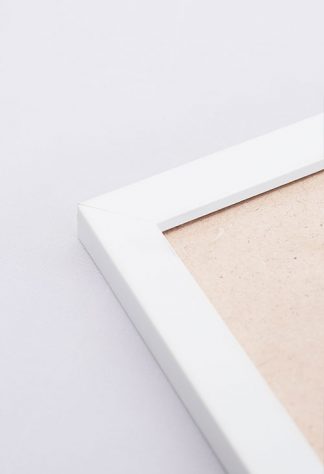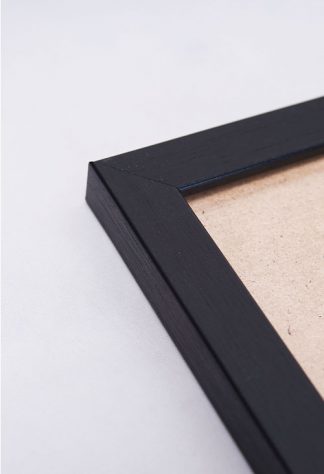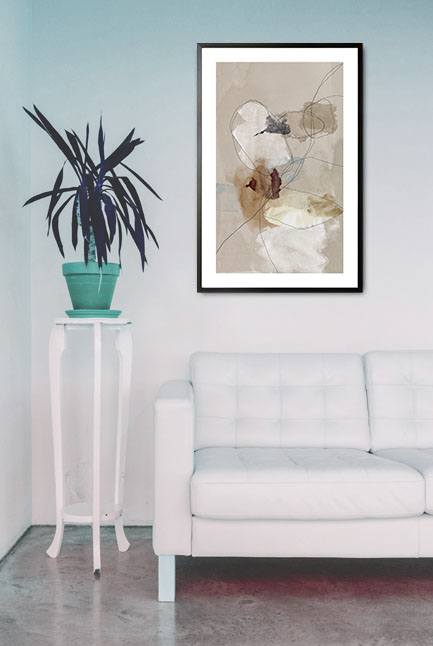
Neutral colors have long been a versatile part of our homes’ interior decorations. Their timeless and sophisticated beauty suits any home style, be it modern, rustic, or classic. Decorating with neutrals allows you to create a serene and inviting atmosphere, offering a wide spectrum of possibilities. From soft whites to deep charcoals, neutral palettes provide elegance, versatility, and a sense of tranquility. Here are some ideas on how to use neutrals in your home decor, empowering you to unleash your creativity.
Understanding the Neutral Palette
Neutrals are not only limited to white and beige. The spectrum includes a variety of shades such as grays, taupes, creams, soft browns, and even muted pastels that act as neutrals. Warm neutrals like sandy beige and soft caramels bring coziness, while cool neutrals like slate gray and crisp white provide a modern and airy feel.
Layering Tones for Depth
Layering, a key concept when decorating with neutrals, involves the strategic use of various hues within the same palette. Instead of using a single color throughout, consider pairing light cream walls with a darker beige sofa and taupe throw pillows. This subtle contrast prevents the space from feeling flat or monotonous, and adds depth and visual interest to your decor.
Playing with Texture
Texture is crucial when using a neutral color scheme, adding dimension and warmth. Incorporate a mix of linen, wool, wood, and stone to enhance visual interest. A knitted throw and a reclaimed wood coffee table make a neutral space feel rich and inviting.
Adding Statement Pieces
While neutral decor is all about subtlety, adding statement pieces can elevate the overall look. A striking light fixture, a bold patterned rug, or an oversized piece of artwork in neutral tones can serve as focal points without disrupting the harmony of the space. For instance, a unique chandelier in a metallic finish can add a touch of luxury, a rug with a geometric pattern can introduce visual interest, and a large abstract painting can become a captivating focal point in a neutral room.
Balancing Light and Dark Neutrals
For a well-balanced design, it’s important to consider mixing light and dark neutrals. A room dominated by light shades may feel too sterile, while one filled with only dark tones can be heavy. By contrast, soft ivory walls with espresso furniture or a gray-toned room with warm beige accents can maintain equilibrium, giving you the confidence to make bold design decisions.
Introducing Natural Elements
Bringing in natural elements is a key aspect of enhancing the beauty of a neutral space. Indoor plants, wooden furniture, and stone countertops not only add an organic touch but also create a soothing environment. Greenery, in particular, stands out beautifully against a neutral backdrop, adding a touch of freshness and vibrancy, and helping you feel relaxed and at peace in your home.
Using Neutrals in Different Rooms
Neutrals are versatile and work well in every room. In the living room, neutral-toned sofas and area rugs create a cozy and inviting setting. In the bedroom, soft beige bedding and curtains exude a calming ambiance. White cabinetry paired with a gray backsplash pins the kitchen, providing a clean and timeless look.
Enhancing with Metallic Accents
Metallic finishes such as gold, brass, or silver can add a touch of luxury to neutral decor. Consider using metallic light fixtures, mirror frames, or decorative accessories to introduce a subtle shimmer and elevate the design.
In a Nutshell
Decorating with neutrals is a timeless approach that offers flexibility, elegance, and a soothing environment. You can create an inviting and effortlessly stylish space by layering shades, incorporating textures, and balancing light and dark hues. Whether designing a modern sanctuary or a cozy retreat, a neutral palette provides the perfect foundation for any home decor style.
